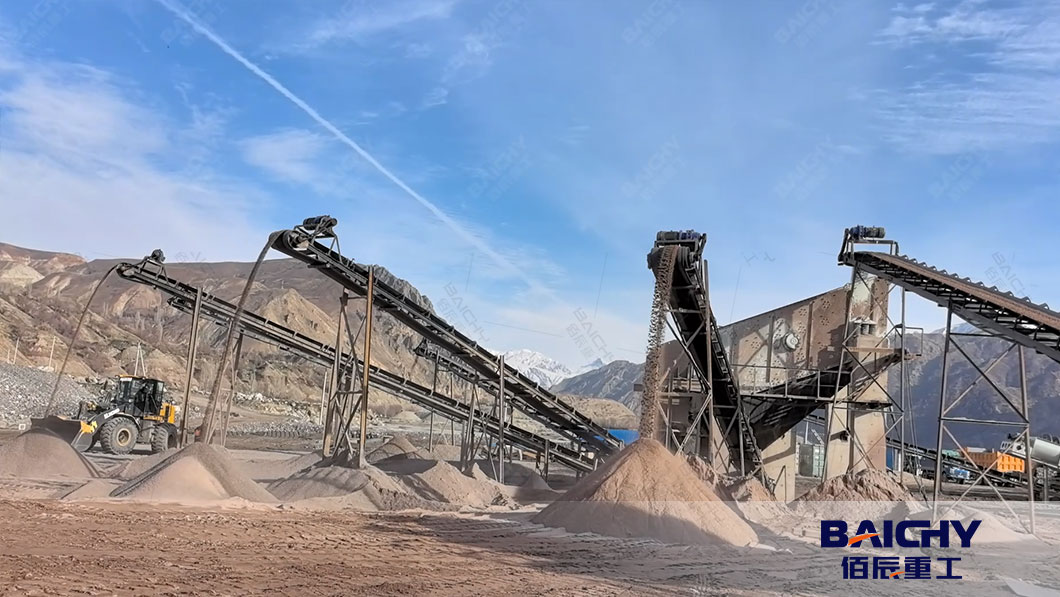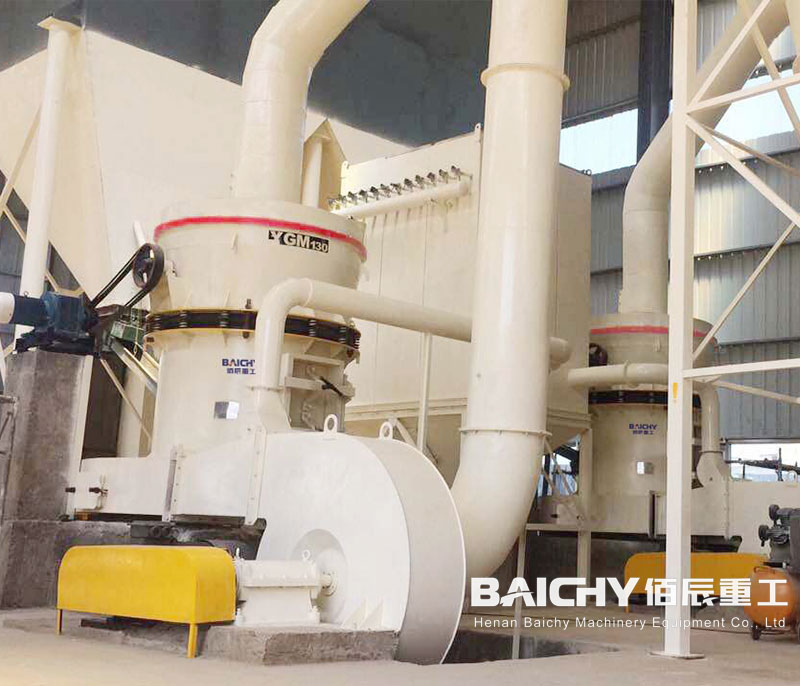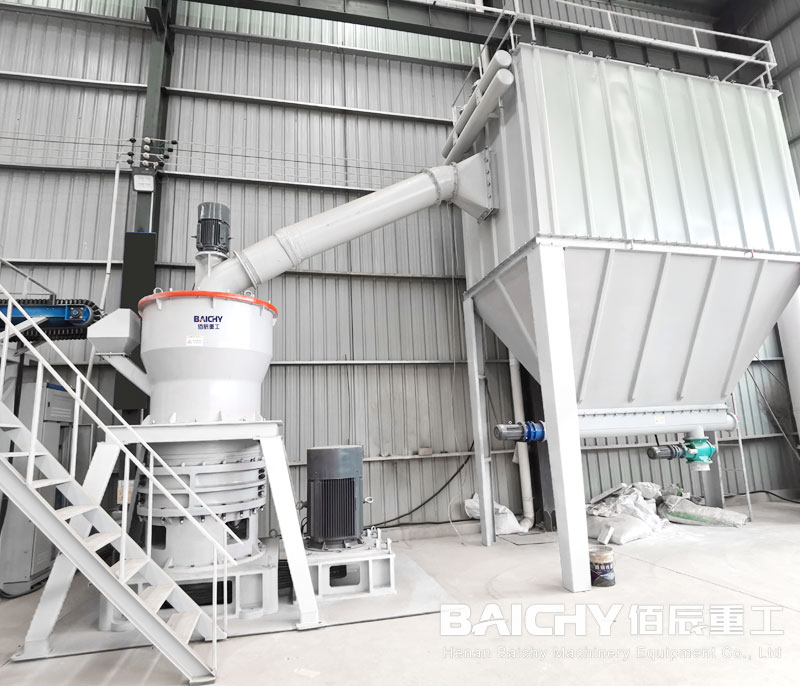Construction aggregate, or simply aggregate, is a broad category of coarse- to medium-grained particulate material used in construction, including sand, gravel, crushed stone, slag, recycled concrete and geosynthetic aggregates. It acts as a skeleton or filler in concrete. It is called aggregate because it acts as a skeleton and support in buildings, just like the bones of the human body. When mixing materials, cement becomes a thin paste when mixed with water. If aggregate is not added, it will not be able to form and will be unusable. Therefore, aggregate is a very important raw material in construction.

Classification of aggregates:
Coarse aggregate
Coarse aggregat is also known as gravel, refers to aggregates with a particle size greater than 4.75 mm, mainly pebbles and artificial crushed stones. Pebbles are nearly round or elliptical rocks formed naturally by natural weathering or water flow. Crushed stones are mainly made by mechanical crushing and screening. Depending on their uses, the raw materials can be limestone, bluestone, river pebbles, granite, basalt and other types of rocks.
Fine aggregate
Fine aggregate is also known as sand, refers to aggregates with a particle size less than 4.75 mm, mainly natural sand and artificial sand. Natural sand is river sand, lake sand, mountain sand and desalinated sea sand; artificial sand is crushed into particles like natural sand by a sand making machine. Its raw materials are like crushed stones, and various types of rocks can be selected according to its use.

Aggregate production line
Aggregate production line is to feed hard rocks to stone crusher through the feeder, and crush the material in the crusher, and then convey it to the vibrating screen through the conveyor belt to screen out the finished material. All the equipment in this production process together constitute the aggregate production line. Normally, it includes 4 system in the aggregate production plant.
1. Feeding system
The stone production line system is to feed raw materials to each section of the crusher equipment and the screening machine according to the crushing and screening process. The equipment that completes the feeding link is a vibrating feeder or other types of feeding equipment. In the sand and gravel production line, the feeder equipment is generally responsible for the supply of stone.
2. Crushing system
The stone crushing plant system is the heart of the whole set of equipment. Its job is to crush various ore raw materials into finished materials of the required particle size. A joint sand and gravel production line can be composed of multiple crushers. These crushing machines have different performances and work together to complete the stone crushing work.
3. Screening and conveying system
The stone production line system is to screen the crushed ore through the screening machine. In the sand and gravel composite production line, sand and stone need to be separated, and the graded sand and gravel need to be transported to their respective sites. The equipment used in this process is generally a linear vibrating screen or other screening machinery and equipment.

The configuration of aggregate production plant generally requires:
1.Primary crushing: crushing large stones into smaller stones, and conveying them to the second crusher for further crushing via a conveyor belt;
2.Secondary crushing: crushing the materials into finished materials that meet the requirements, and conveying them to the vibrating screen via a conveyor belt;
3.Vibrating screen: screen the crushed materials into different types of finished materials, and the materials that do not meet the requirements are screened out by the vibrating screen and conveyed to the second crusher for cyclic crushing
4.Sand making machine: if the finished materials in the aggregate production line require artificial sand, a sand making machine can be added, and the materials from the second crusher can be further crushed with a smaller particle size to produce artificial sand
5.Sand washing machine: wash the produced artificial sand, remove impurities, and make the material shape better;

In actual production Depending on the material, the stone crushing machine will be very different during the process.
Primary crusher are:
Heavy hammer crusher: medium and low hardness materials with compressive strength below 200Mpa, such as limestone, bluestone, coal gangue, gypsum, bricks and tiles, etc.
Jaw crusher: medium and high hardness materials with compressive strength below 320Mpa, such as river pebbles, dolomite, etc.
Gyratory crusher: river pebbles, granite, basalt, iron ore, quartz, diabase, iron ore, gold ore, copper ore and other medium and high hardness materials
Secondary crushers are:
Impact crusher: good material shape, suitable for soft and medium hardness materials
Cone crusher: high efficiency, less wearing parts, less powder, suitable for hard materials
Hammer crusher: large output, good material shape, low power consumption, easy maintenance, suitable for medium and low hardness materials;
Our factory has been engaged in the mining industry for more than 20 years and has rich experience in the construction of aggregate production plant. We can undertake the construction of various production lines with a daily output of 500-10,000 tons. Welcome to consult online to get your exclusive stone crushing plant solution.
People Also Frequently Asked For - FAQ
What is the best crusher for aggregate?
Jaw crushers are workhorse crushers and the most commonly used. They're fit for abrasive material as well but are far more portable than gyratory crushers and can be relocated each year as necessary. Impact crushers are best for less abrasive material, like limestone
What is aggregate processing plant?
Aggregate processing plant means a combination of fixed or portable equipment for the processing of aggregate3 including each crusher, grinding mill, screening operation, bucket elevator, belt conveyor, bagging operation, storage bin, and truck or railcar loading station, power sources such as generators, power units
What is the purpose of a crushing plant?
A Crushing plant is one-stop crushing installation, which can be used for rock crushing, garbage crushing, building materials crushing and other similar operations. Crushing plants may be either fixed or mobile.
How do you crush aggregate?
Aggregates can be crushed using a variety of methods, such as jaw crushers, impact crushers, hammer mills, and cone crushers. Depending on the size and stiffness of the material being crushed, different types of crushers may be more helpful than others.









 2025-11-24
2025-11-24





















 86-15093113821
86-15093113821
 86-15093113821
86-15093113821

